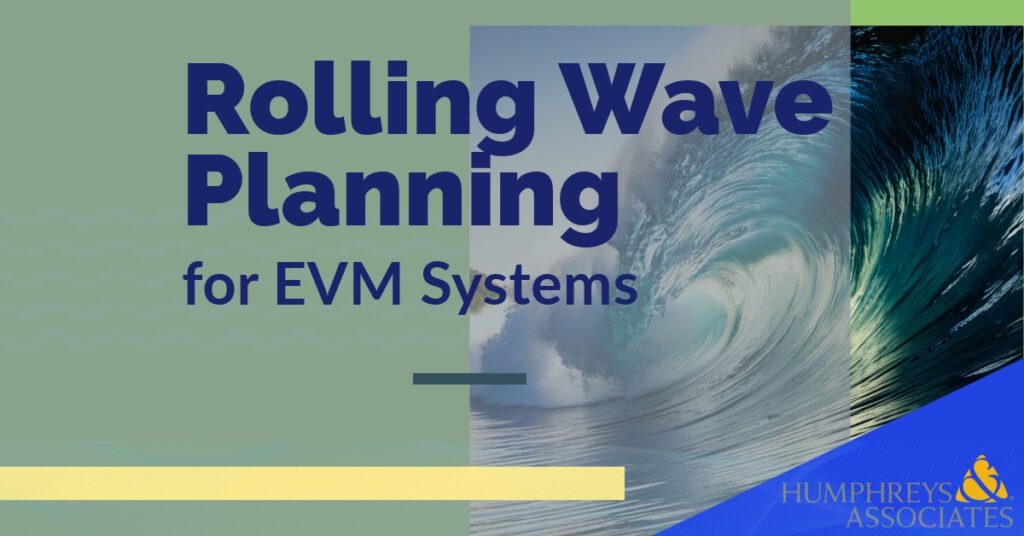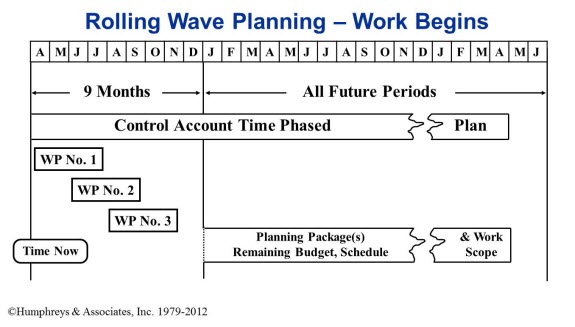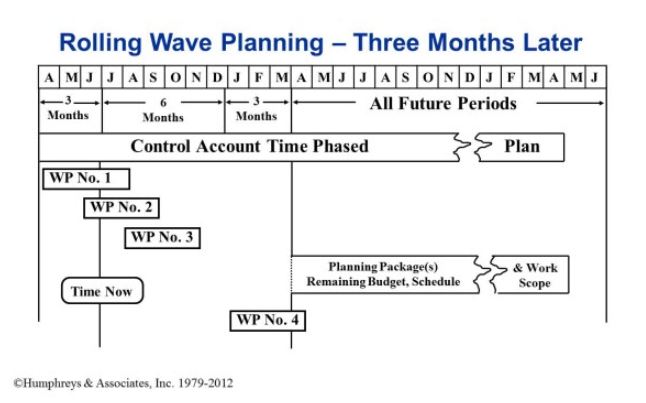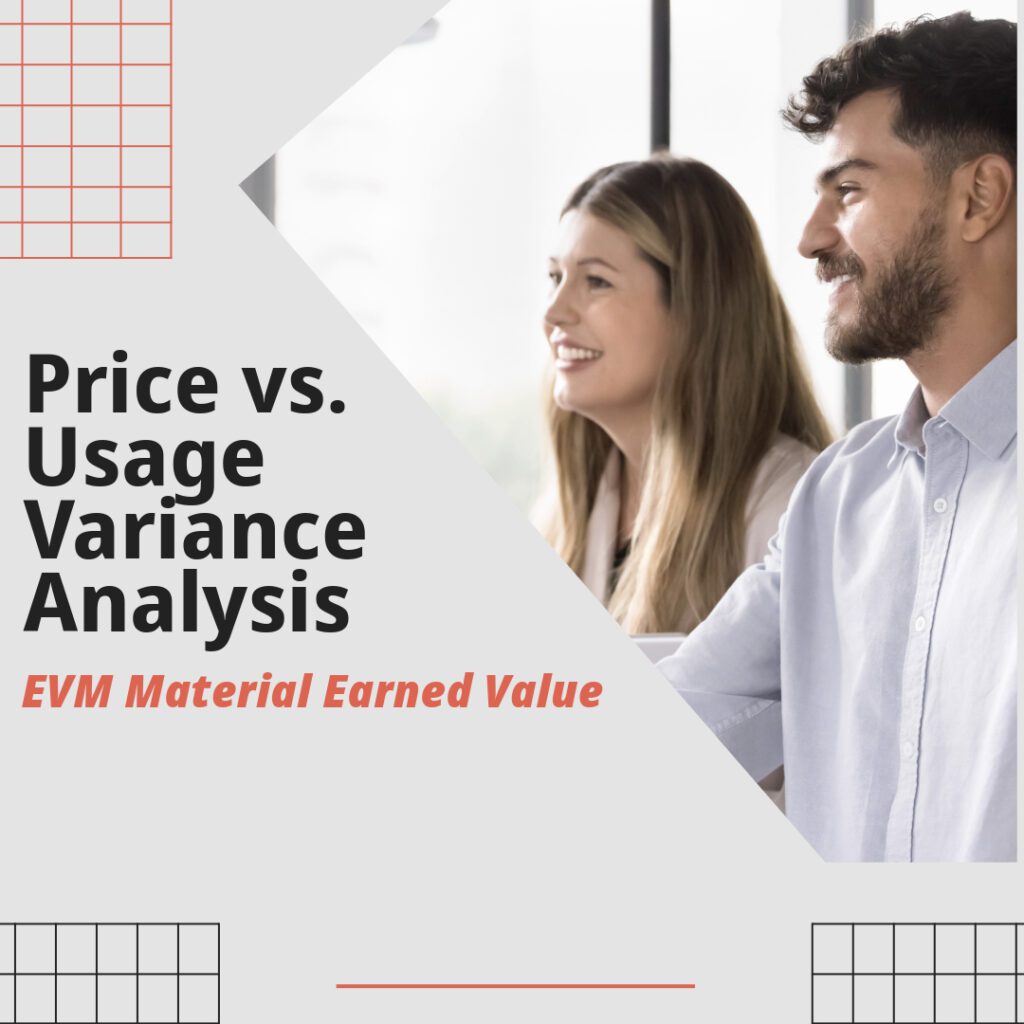Part 1 – Weekly Earned Value: Is It More Trouble Than it’s Worth?
 The notion of implementing weekly Earned Value (EV) causes most Program Managers to cringe. Many companies, however, are now using weekly EV as an internal management process. The business driver for this decision is the benefits that contribute to the overall success of the program.
The notion of implementing weekly Earned Value (EV) causes most Program Managers to cringe. Many companies, however, are now using weekly EV as an internal management process. The business driver for this decision is the benefits that contribute to the overall success of the program.
The discipline of performing weekly EV ensures a more thorough report to the customer at month-end. Many areas of the Joint Strike Fighter (JSF) program are successfully using weekly Earned Value. The V-22, the F/A-18E/F, and the IRS PRIME programs have used weekly EV as a standard business practice.
Why does weekly EV have an appeal? Is weekly just as good as monthly? Do the benefits outweigh the initial costs of implementation? Analyzing weekly EV data is far superior to looking at a performance report on a monthly basis. This can best be described as a “proactive” approach to program management rather than a “reactive” mode. There are new processes and cultural impediments involved when implementing weekly EV, but the benefits outweigh the costs.
In order for weekly EV to be successful:
- Planning must be sufficiently detailed to objectively provide status on a weekly basis;
- The budget must be time phased on a weekly basis
- Accruals of labor and material costs must be done every week.
These three processes, combined with trained and proactive personnel, form the ground work for successful weekly Earned Value Management (EVM). Weekly EV will provide continuous visibility of program performance with real time status.
A successful Earned Value Management System (EVMS) begins with a well-designed schedule. Without an accurate and valid schedule in place, the EVMS is virtually useless. The schedule must be time phased and resource loaded consistent with the work to be accomplished. A proper scheduling tool that can be integrated with the appropriate cost software is essential.
The EVMS scheduling tool must have:
- The ability to record and display status
- Convert the status to a percent complete
- Show milestone completions
- Accurately compare that status to costs on a weekly basis
The program’s organizations must be trained in providing schedule status on a weekly basis.
For companies without this existing infrastructure, acquiring a new scheduling will incur some initial costs. Many companies have an adequate scheduling tool deployed, have the schedule status updated weekly and weekly performance assessments. High-risk programs, such as R&D efforts, have work scheduled weekly to maintain tight control over schedule and cost. This makes integration of the schedule into a weekly EVMS nearly painless.
This is the first of a two parts on “Earned Value – Is it Worth It? presented by Humphreys & Associates, Inc.
Part 1 – Weekly Earned Value: Is It More Trouble Than it’s Worth? Read Post »





